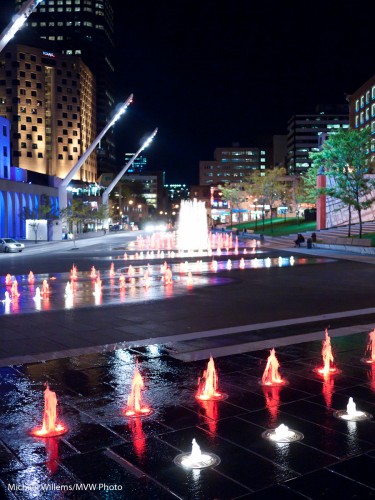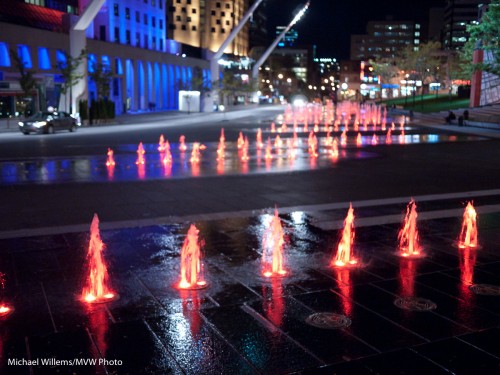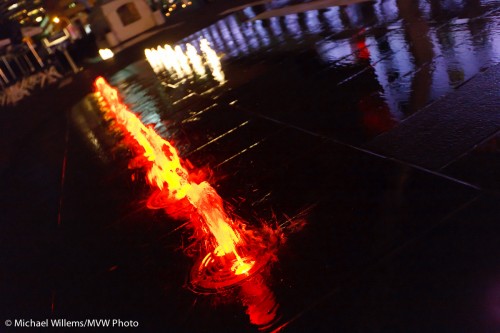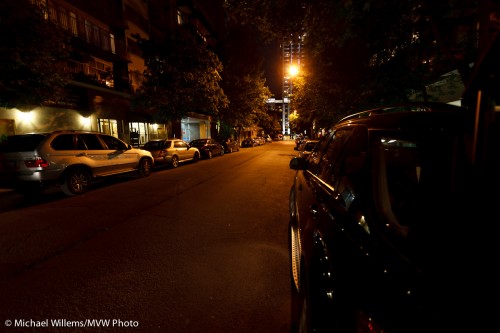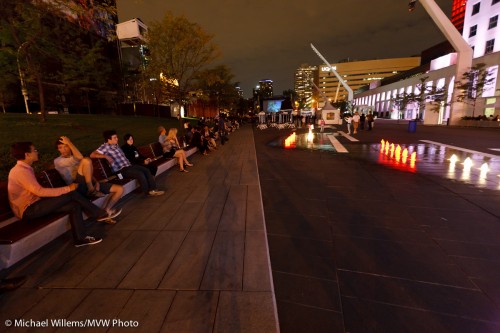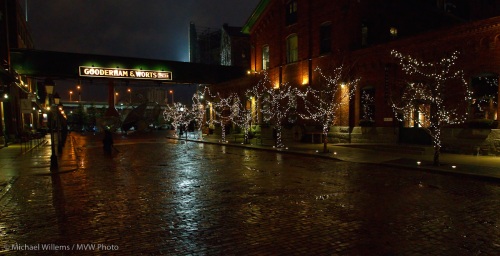In Montréal. Last night!
Taken at 800 ISO, 1/30th sec, f/1.7.
Because of the fast (f/1.7) 20mm lens on the Lunix camera I was able to shoot at 800 ISO. Had I had a regular point and shoot, I would have had to shoot at a higher ISO speed, much higher.
Here’s another one:
So the tips for today are:
- Use a tripod if possible.
- If not, then open your aperture as wide as you can.
- And go to a wide angle if you can.
- Use exposure compensation if needed, usually -1 to -2 stop. Ensure the black sky is black.
- Go to a high enough ISO so you get a reasonable shutter speed.
- Hold still.
- Shoot multiple times.
- Select the best shots!
And above all: bring the camera. And have fun.

